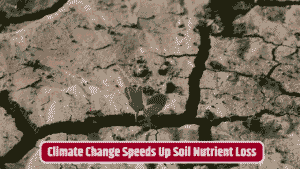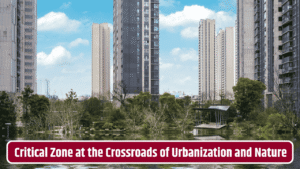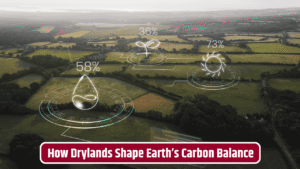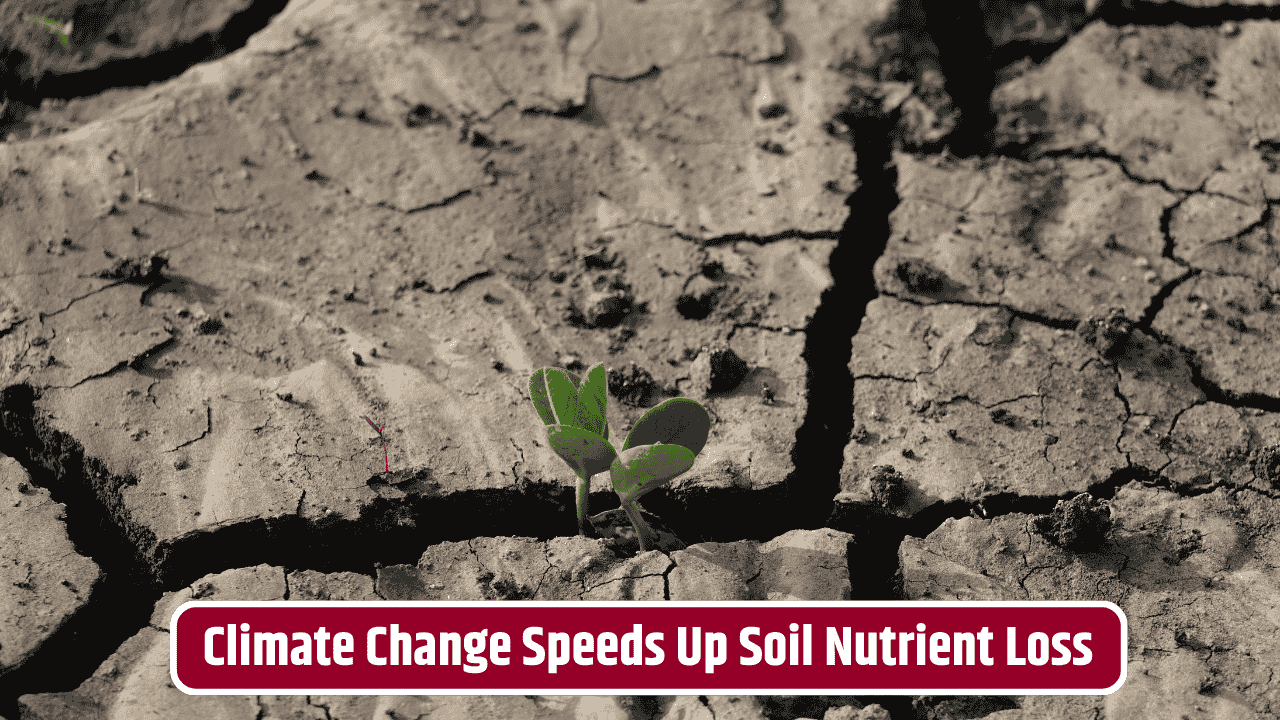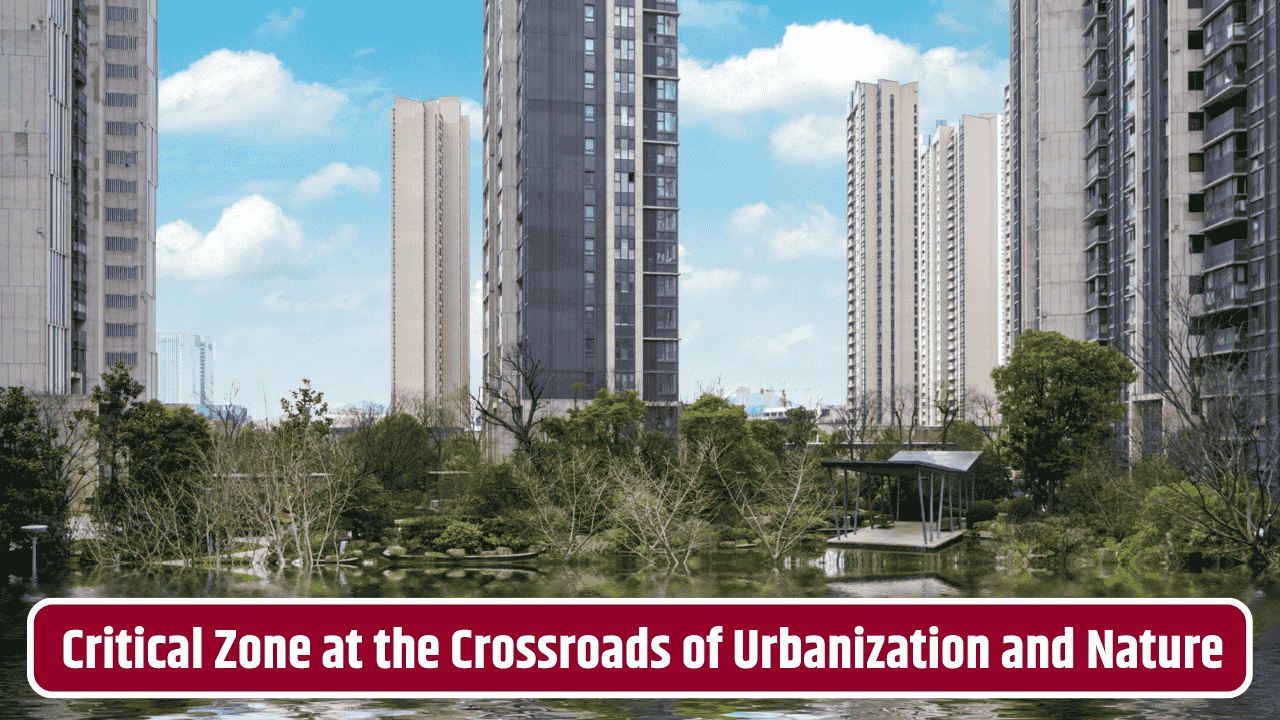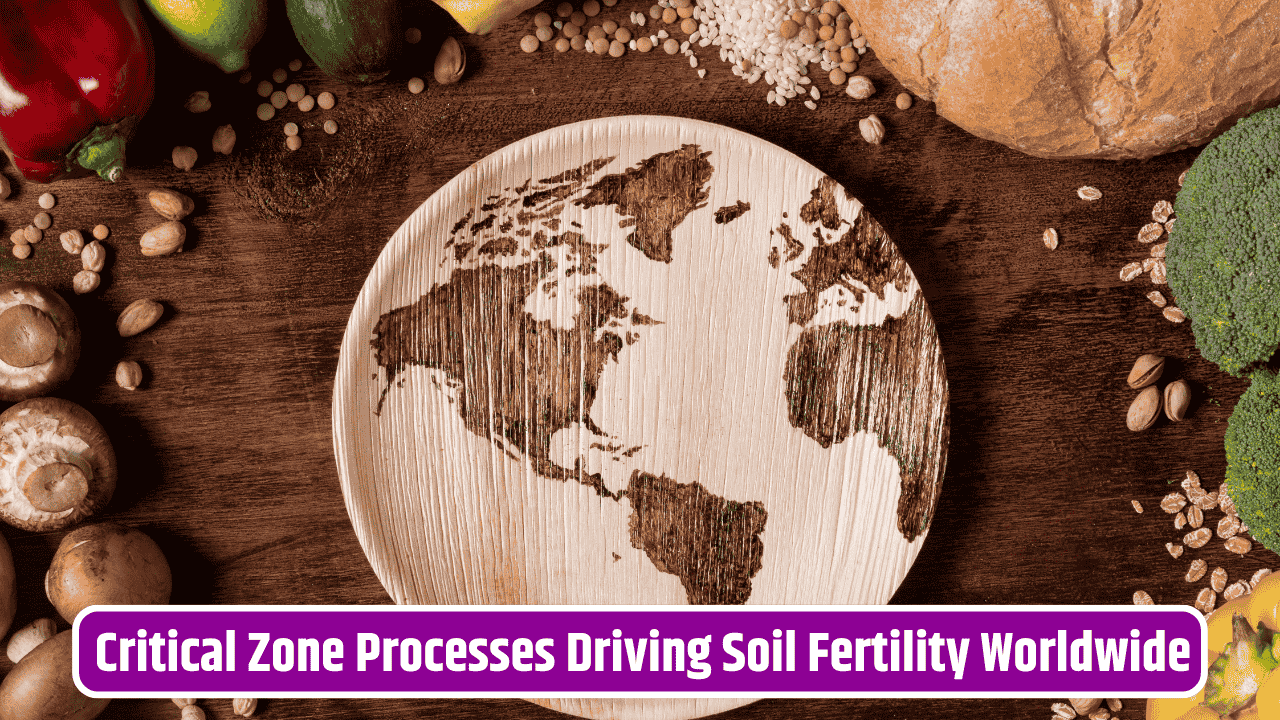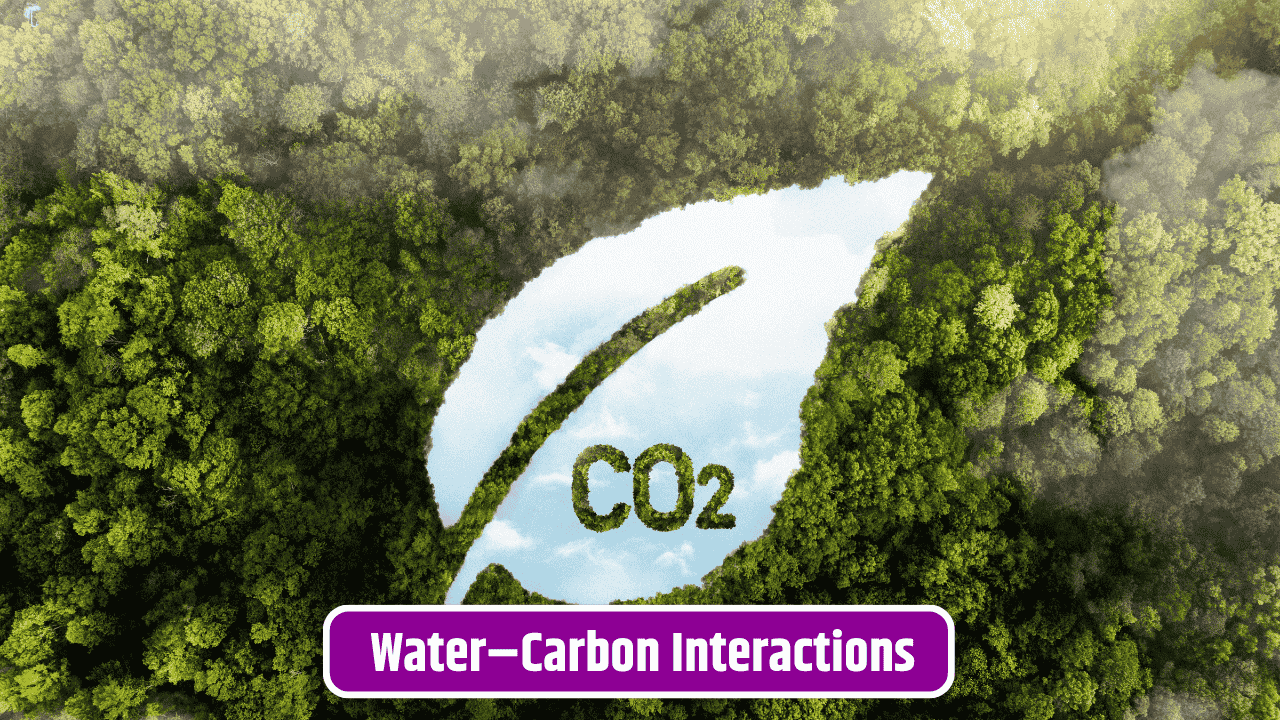It’s funny how the phrase “Critical Zone” still sounds like something out of a sci-fi thriller to most people. In reality, it’s not about alien invasions or dystopian bunkers—it’s about the thin, life-supporting skin of our planet where rock, soil, water, air, and living organisms interact. The next ten years could be pivotal in how we study this hidden frontier and, more importantly, how that research reshapes global conservation strategies.
Table of Contents
Why the Critical Zone Suddenly Matters So Much
Think of the Critical Zone as Earth’s backstage. It’s where rain filters through soil, nutrients cycle, roots dig deep, microbes hustle, and water begins its long journey to rivers and aquifers. Every sip of water, every crop, every ecosystem we depend on connects back to this zone. Yet for decades, it was more or less ignored—overshadowed by forests, oceans, and glaciers in environmental conversations.
Now, with climate change intensifying droughts, floods, and land degradation, scientists are treating it like a missing puzzle piece. The U.S. National Science Foundation has funded a network of Critical Zone Observatories since the early 2000s, and countries like China and France are investing in their own monitoring systems. That momentum isn’t slowing down; if anything, it’s accelerating.
The Next Wave of Critical Zone Research
Over the coming decade, research is expected to shift from basic monitoring to high-tech, integrative approaches. Picture drones mapping soil moisture in real time, satellites tracking how minerals weather over centuries, or AI predicting how farming practices affect underground microbial communities.
Emerging fields like ecohydrology and biogeochemistry will merge more tightly, producing holistic models that governments can actually use. Instead of just saying “the soil is degraded,” scientists might be able to forecast how specific conservation policies—say, switching from intensive plowing to regenerative farming—will impact water security 20 years down the line.
Here’s a snapshot of what’s on the horizon:
| Area of Research | What’s Changing | Potential Impact by 2035 |
|---|---|---|
| Soil-Climate Interactions | Advanced modeling of carbon and nitrogen fluxes | Better predictions of climate feedback loops |
| Water Pathways | Isotope tracing + remote sensing | Smarter watershed management, reduced drought risk |
| Microbial Ecology | Genomic mapping of underground communities | New strategies for soil fertility without heavy fertilizers |
| Human Land Use | Integrating social science data into models | Policy shifts toward sustainable agriculture |
How Conservation Will Benefit Globally
Global conservation has often been reactive—protecting forests after deforestation spikes, banning chemicals once rivers are already polluted. Critical Zone research promises to flip that script. By understanding how the Earth’s skin responds to stress, we could intervene earlier, smarter, and cheaper.
For example, African nations battling desertification could use CZ data to guide tree-planting projects where they’ll thrive, not just where they look good on paper. In the U.S., the USGS could refine water management for the Colorado River basin, a lifeline for 40 million people. And in Asia, rice-growing regions under monsoon stress might adopt practices that maintain soil carbon while sustaining yields.
This isn’t just about ecosystems surviving—it’s about economies and societies adapting. A degraded Critical Zone leads to food insecurity, migration pressures, and political instability. A healthy one cushions those blows.
The Role of Policy and Public Awareness
Here’s the tricky part: the science can only go so far if policymakers and the public don’t catch up. Critical Zone processes are complex, invisible, and frankly, not that easy to sell in a headline. Who rallies for “microbial nutrient cycling” the way they do for polar bears or rainforests?
That means the next decade must also focus on communication. Expect to see new collaborations between earth scientists and NGOs, clearer data visualizations for decision-makers, and maybe even citizen science projects that let communities monitor their own soil and water health. The European Union has already tied soil health to its biodiversity strategy under the European Commission’s Green Deal, and similar frameworks could spread globally.
A Decade That Could Define the Next Century
If the last decade was about discovering the Critical Zone, the next one will be about applying that knowledge at scale. Conservation won’t just mean protecting charismatic species—it will mean protecting the very ground beneath our feet, literally. Whether the 2030s look like an era of resilience or an era of loss may hinge on how seriously we take this sliver of Earth now.
FAQs
What exactly is the Critical Zone?
It’s the near-surface layer of the Earth, stretching from the tops of trees down to the bottom of groundwater, where rock, soil, water, air, and life interact.
Why is it important for conservation?
Because it’s where essential processes—like water purification, nutrient cycling, and soil formation—happen, all of which support ecosystems and human life.
How is Critical Zone research different from traditional ecology?
Traditional ecology often focuses on visible systems like forests or rivers. CZ research looks deeper, studying the hidden connections that sustain those systems.
Which countries are leading in Critical Zone research?
The U.S., China, and European nations like France and Germany are investing heavily in monitoring networks and modeling projects.
How can ordinary people contribute?
Supporting sustainable farming, conserving water, and engaging in community-based soil and water monitoring projects can all help strengthen local Critical Zones.


